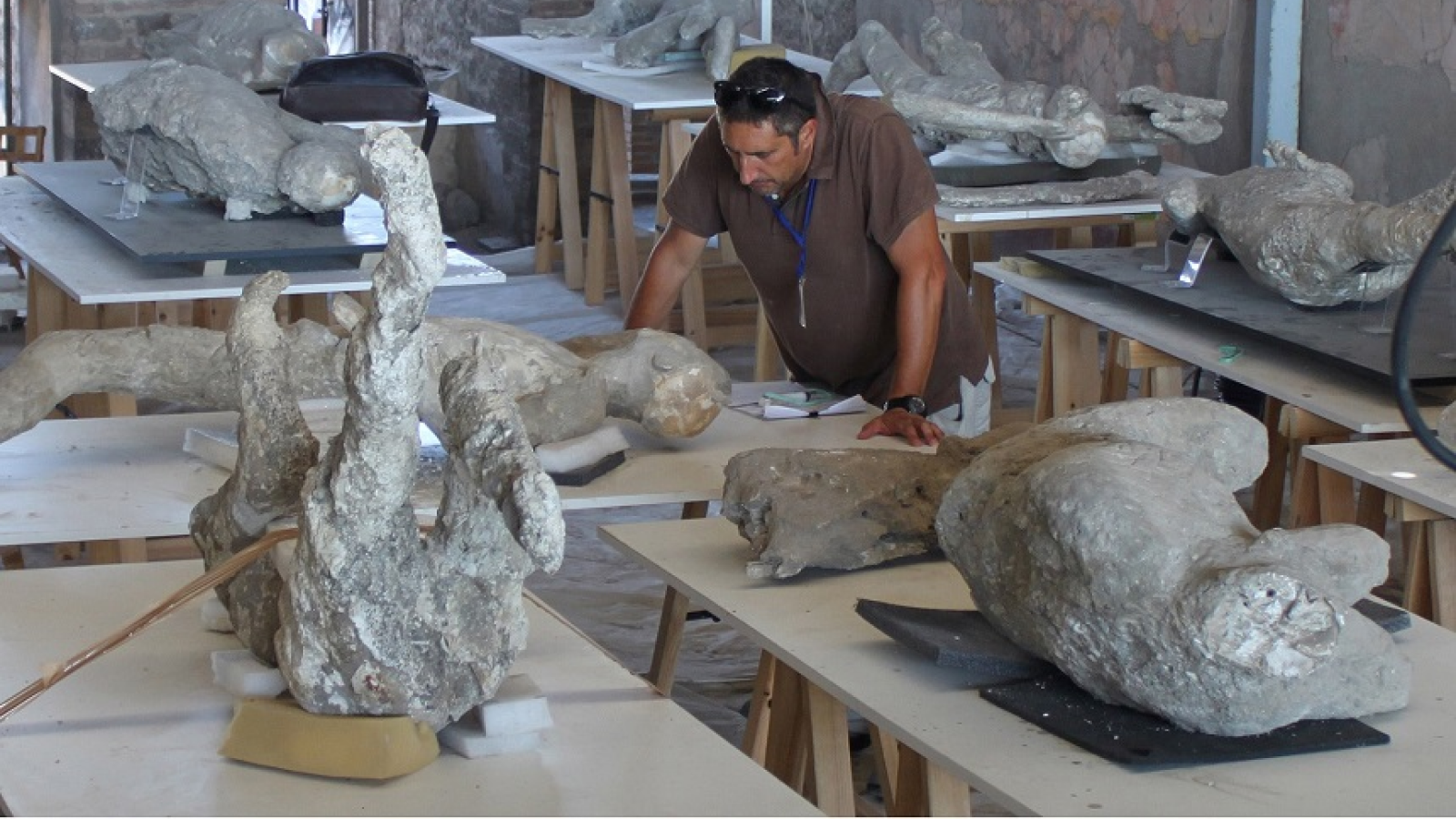Aging Cause Found in Mice, Could Help Humans

The buildup of mutated DNA triggers aging in mice, according to a new study that could help advance research into human aging.
As a lifetime of small mutations in the genetic code build up, cells begin to die. These deaths lead to such things as graying hair and weight changes, hearing and vision impairment, loss of muscle and weakened bones.
"We think that the key to what is happening in aging is that as (genetic) mutations or DNA damage accumulates, critical cells die," said Tomas Prolla of the University of Wisconsin-Madison. "These experiments favor a major role for programmed cell death in aging."
This study, expected help scientists understand how humans grow old and die, is detailed in the July 15 issue of the journal Science.
The DNA mutations accumulate specifically in each cell's mitochondria – the energy plant for a cell. When these mitochondria shut off, so do the cells, leading to the signs of aging.
Prolla and his group used mice that were genetically altered to lack the protein necessary to repair mitochondrial DNA. These mice accumulated mutations at a higher rate than seen in unaltered mice.
"It's like a broken spellchecker," Prolla said. "By introducing a malfunction in the (genetic) proofreading domain, these mutations accumulate much more rapidly."
Get the world’s most fascinating discoveries delivered straight to your inbox.
These findings lend support to the theory that cell death is the cause of aging. The other theory, called oxidative stress, says that the aging process is the result of a lifetime of oxygen reacting with free radicals -- cell-damaging molecules that are produced naturally throughout the body.
Prolla's team found no evidence indicating oxidative stress is the cause of aging. In fact, they discovered less oxidative stress than normal in tissues like the liver, suggesting that the damage to mitochondria was so severe that the mice's metabolism was lagging and producing fewer free radicals.
This research suggests that someday anti-aging drugs could be developed that would prevent mutations from occurring in mitochondrial DNA – either for the whole body, or just for specialized areas, like the ears or hair follicles.
Of course, mice would again be important for the beginning stages of this type of research.
"The idea would be to reduce the level of cell death and improve function," Prolla said. "If that pans out, then we can begin to think about pharmaceutical interventions to retard aging by preserving mitochondrial function."
- Hang in There: The 25-Year Wait for Immortality
- Infusion of Young Blood Revives Old Muscles
- Ray Kurzweil Aims to Live Forever
- Anti-Aging Prize Tops $1 Million


